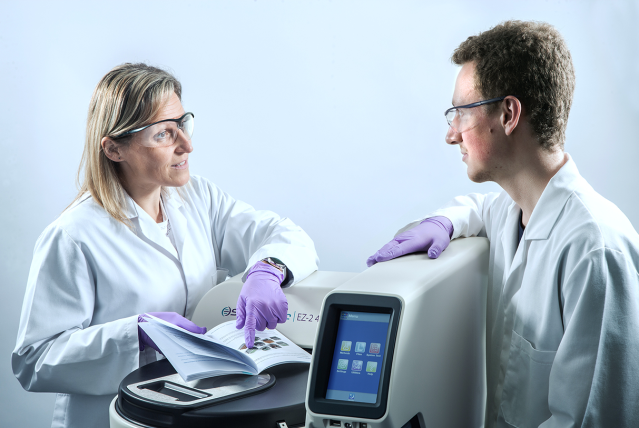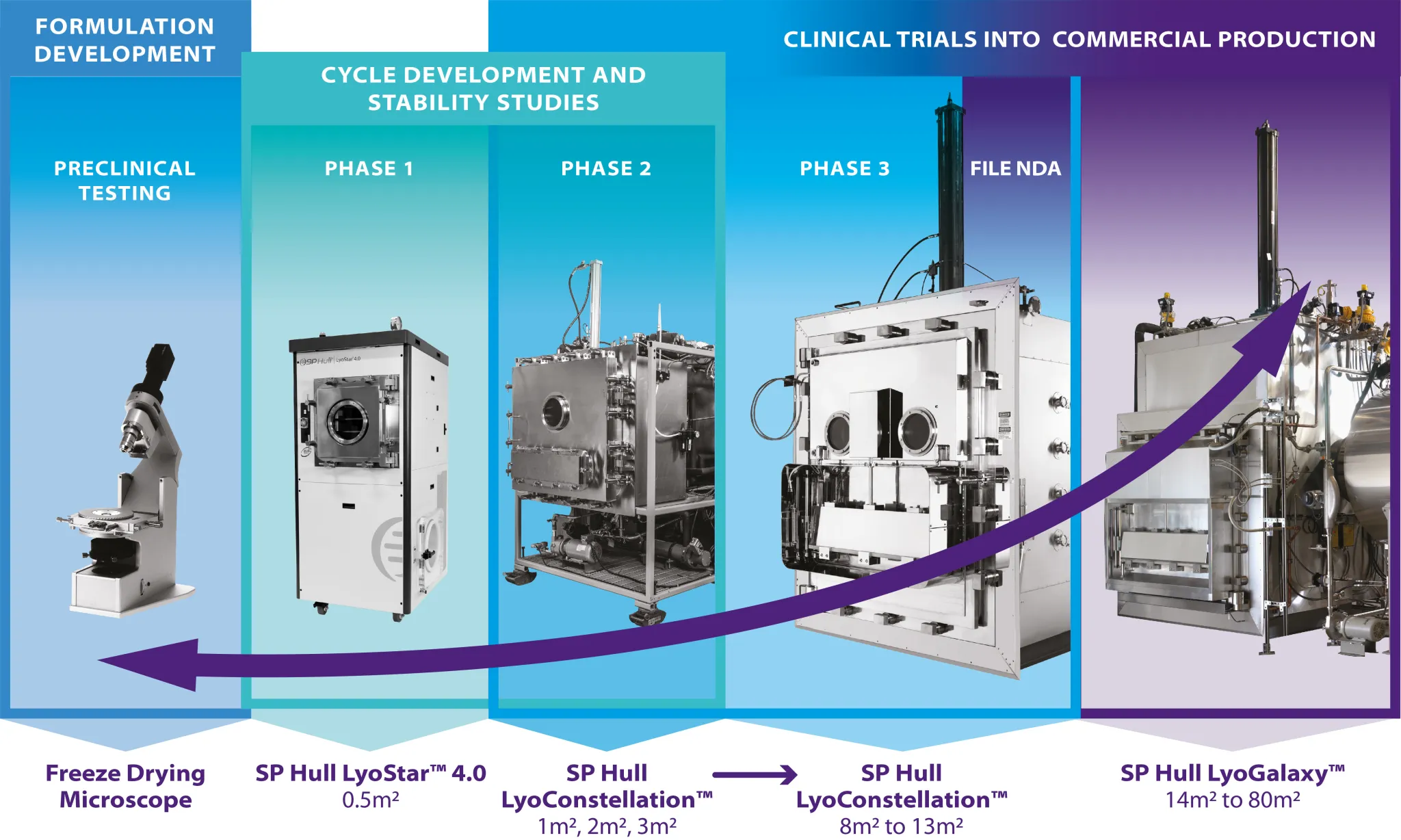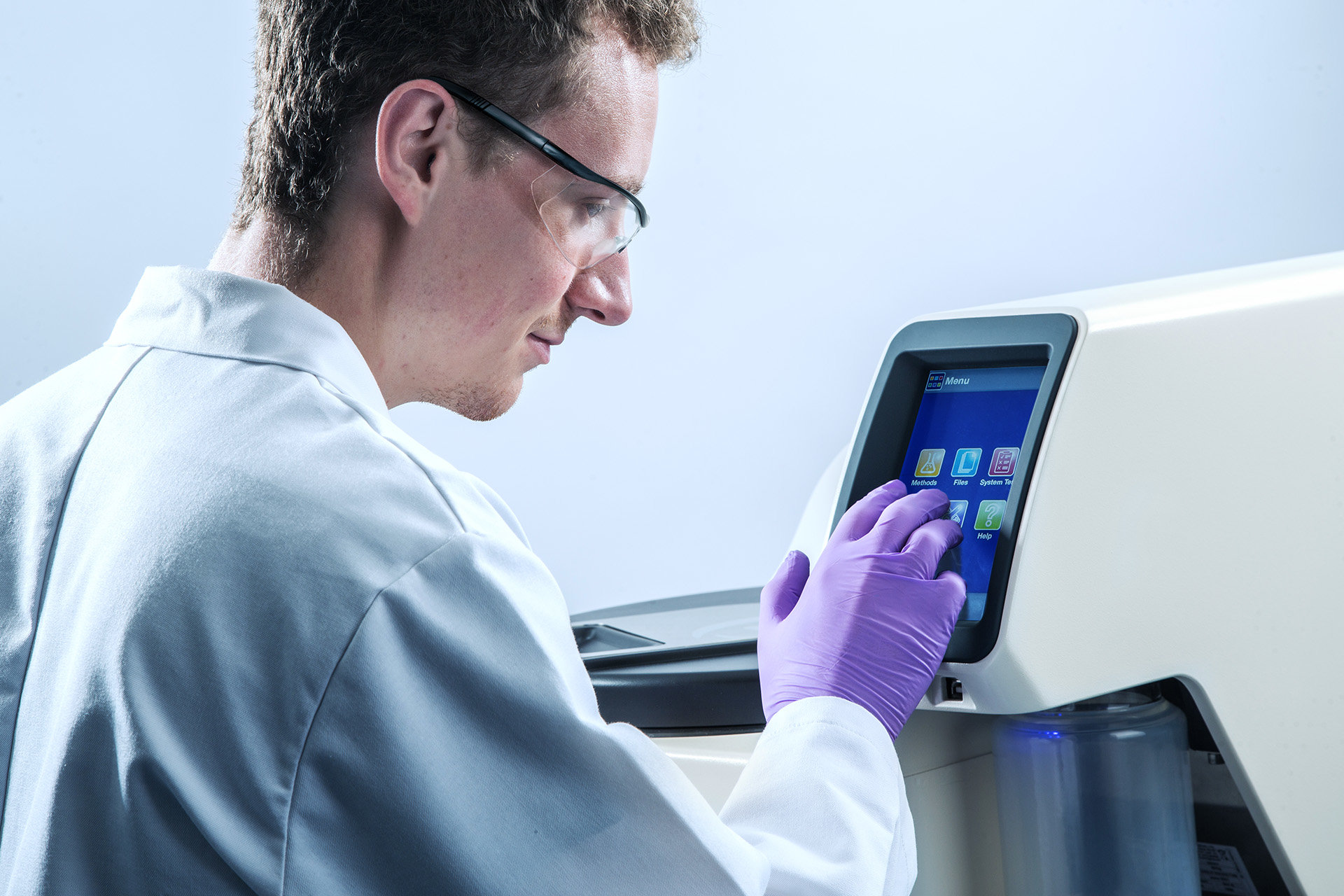Learning Lab
Expertise in Freeze Drying
Lyophilization Training Programs
Become an expert with our freeze dryer training and education courses. Whether you want to increase your production unit operation and management confidence, maximize your return on investment, or reduce running errors, we have the training for you.
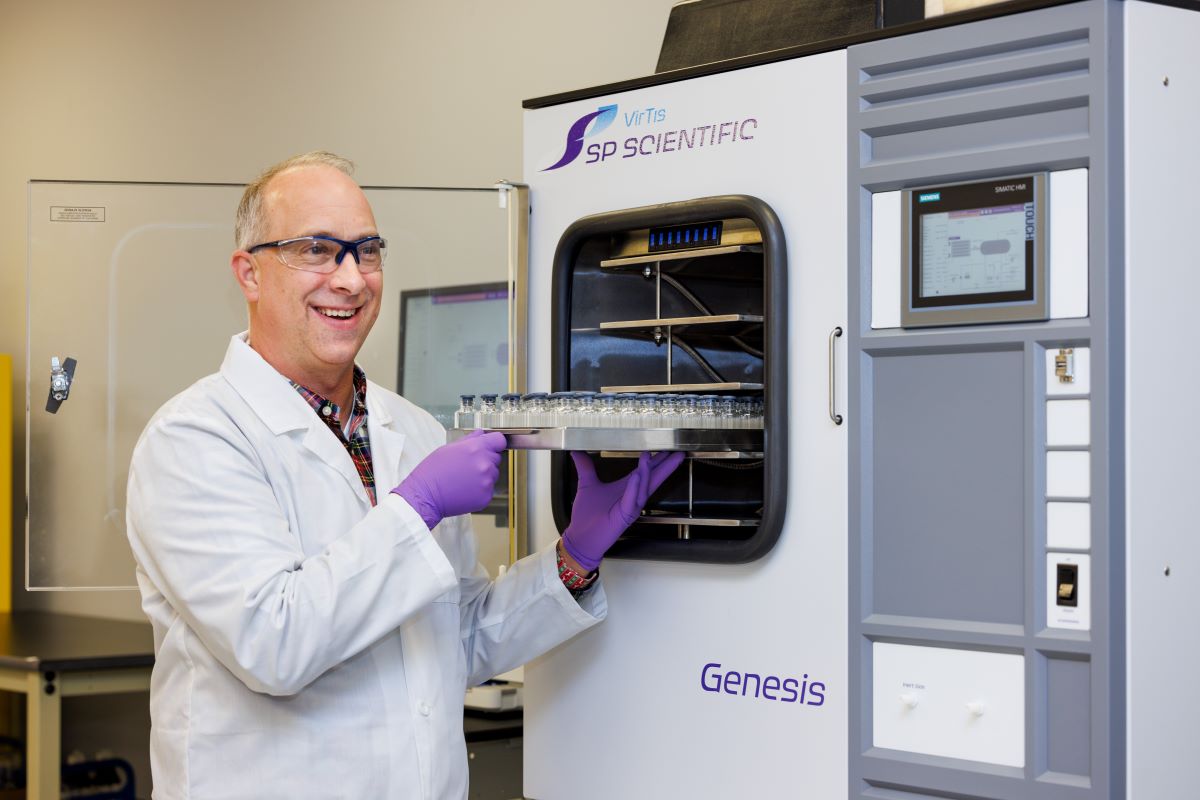
Webinars
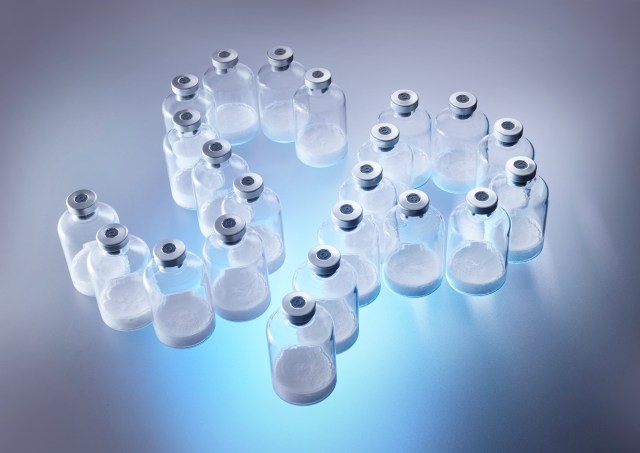
Lyotools
From lyophilization to evaporation, find our easy to follow, step-by-step best practice videos to help guide you through selected equipment installations.
Blog
How-To Video Guides
From lyophilization to evaporation, find our easy to follow, step-by-step best practice videos to help guide you through selected equipment installations.
